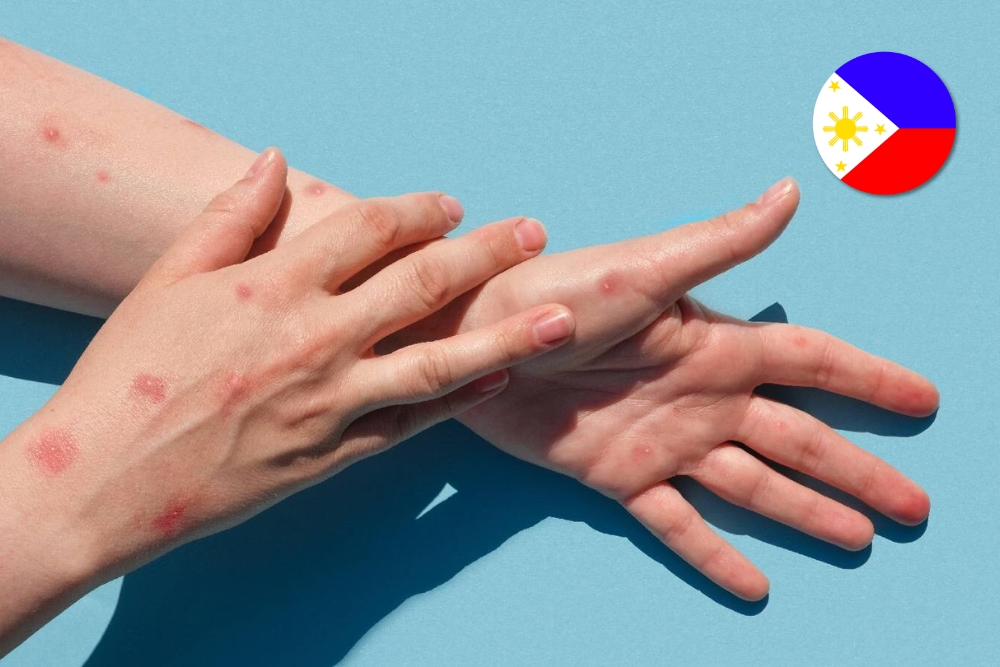Philippines Health Assistant Secretary Albert Domingo revealed that the Department of Health (DOH) has signified its intent to the WHO, signalling the country’s readiness to receive the vaccines.
“The DOH has signified intent to the World Health Organization (WHO) that once global strategy shifts and distribution of (smallpox) vaccines starts, the Philippines will raise its hand to show that we are ready (to accept it),” Domingo stated.
This measure is due to scientific findings that have demonstrated the efficacy of smallpox vaccines in providing cross-protection against mpox. This is possible due to the close relation between the two viruses.
Vaccine Distribution and Storage Preparedness
The DOH is also preparing for the arrival of the smallpox vaccines by leveraging the chain and supply chain facilities utilised during the COVID-19 pandemic. These facilities, which were critical in the distribution and storage of COVID-19 vaccines, will be repurposed to store and distribute the smallpox vaccines effectively.

Health Secretary Teodoro Herbosa has reassured the public that the government is taking proactive measures to combat the mpox virus. Herbosa noted that mpox is a viral illness that typically resolves on its own, similar to dengue fever.
“Mpox is a viral illness that is self-limiting like dengue. You will recover over a period of time. If you are healthy, you will recover without problem,” Herbosa said.
The Current Mpox Situation in the Philippines
The resurgence of mpox cases in the Philippines is a growing concern. As of September 16th, Philippines has seen a total of 27 mpox cases since July 2022. Of these, 18 cases have been reported since August 2024 alone. Five of the recent 18 cases have since recovered. Notably, the Ministry of Health has not been able to establish any epidemiological links between all 18 of the latest cases.
Read also: First Mpox Case of 2024 Recorded in the Philippines: DOH Calls for Vigilance
The WHO has declared mpox a public health emergency of international concern for the second time, highlighting the global significance of the outbreak.

